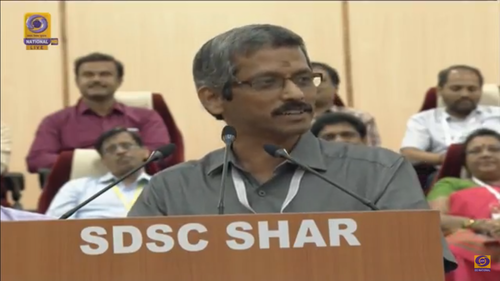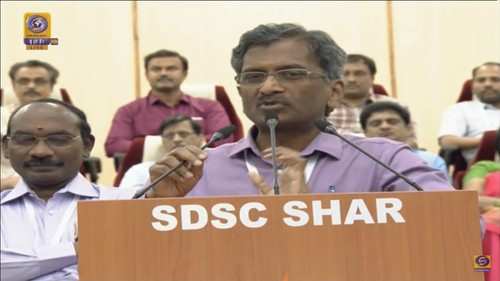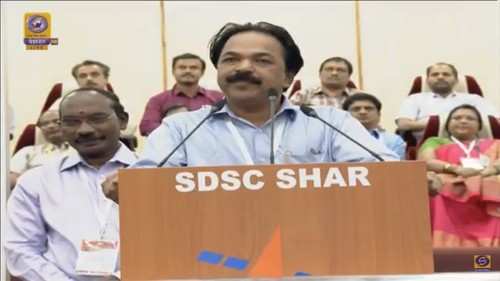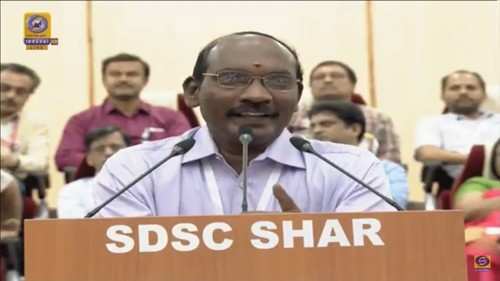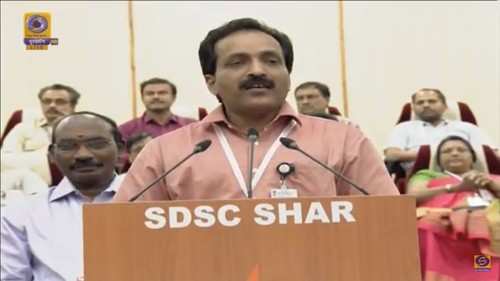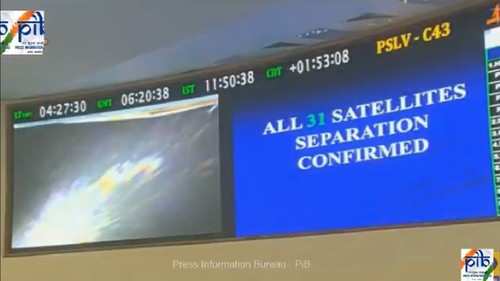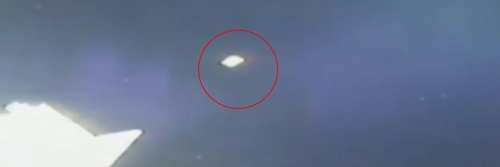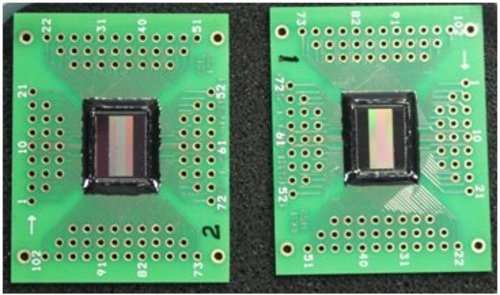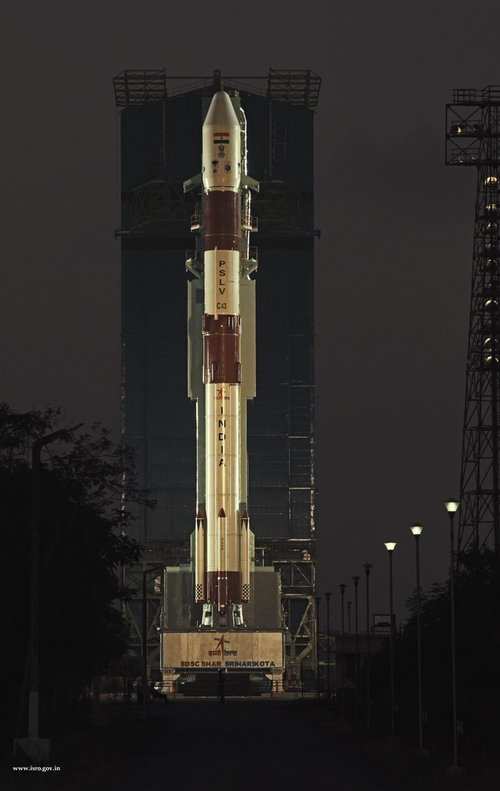Dr K Sivan addresses the nation saying that, "I would like to compliment, congratulate and thank the entire team ISRO for achieving such a wonderful mission within 2 weeks after achieving another major mission."(Photo source: YouTube/Doordarshan) The last mission was the launch of the India's communication satellite, the GSAT-29, from Sriharikota on November 14 using its heaviest rocket, the Geosynchronous Satellite Launch Vehicle Mark III (GSLV-MkIII) weighing 3,423 kg.

